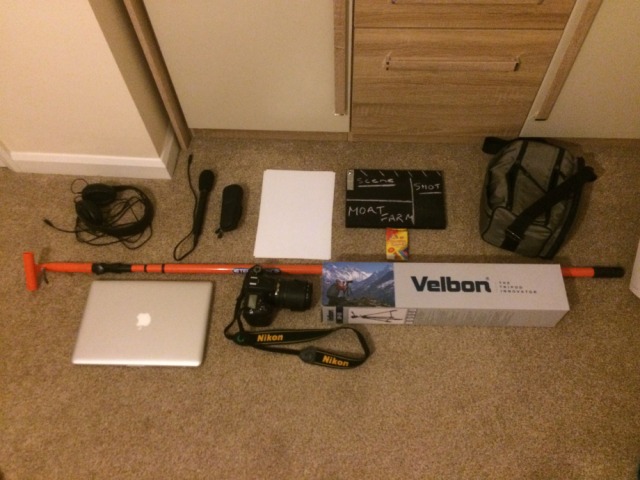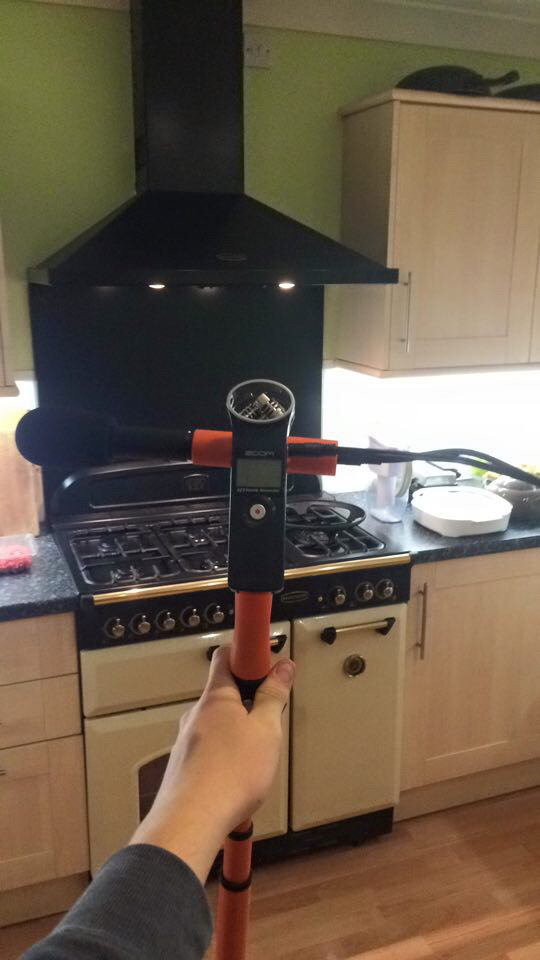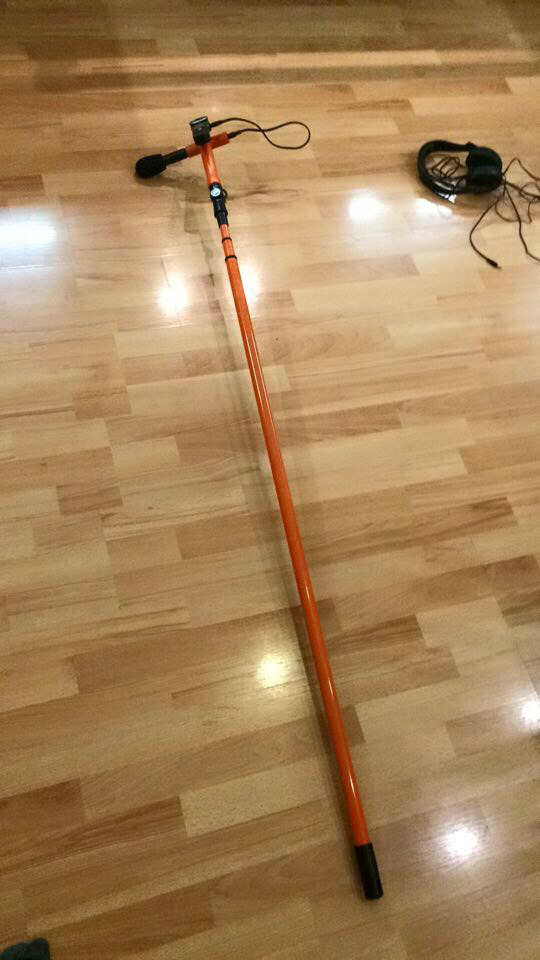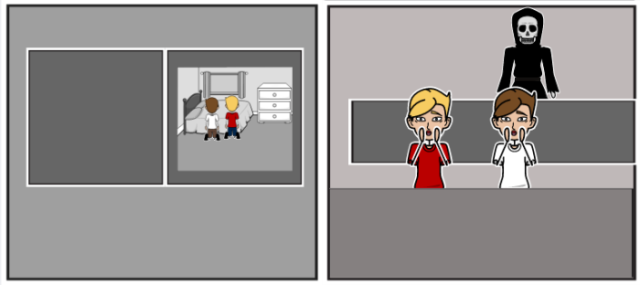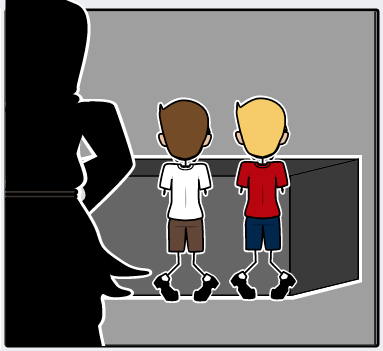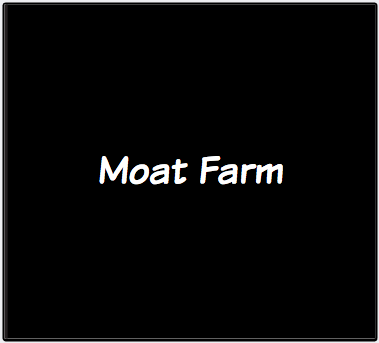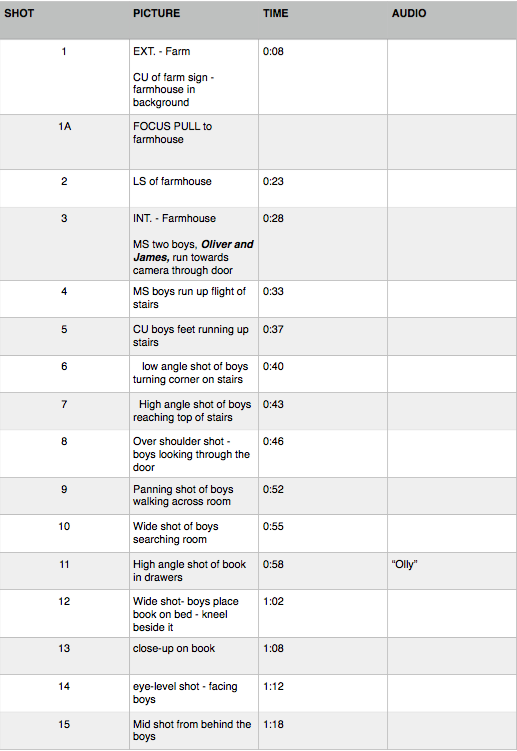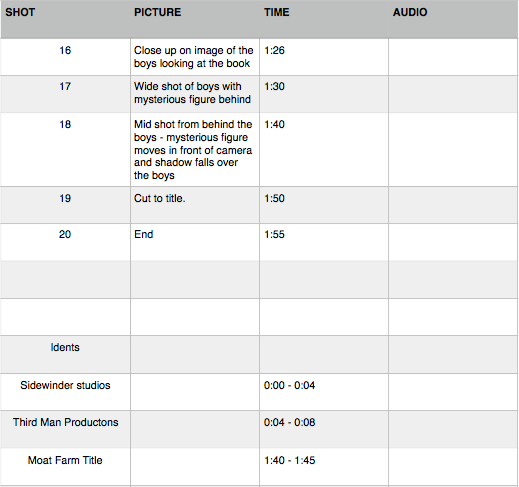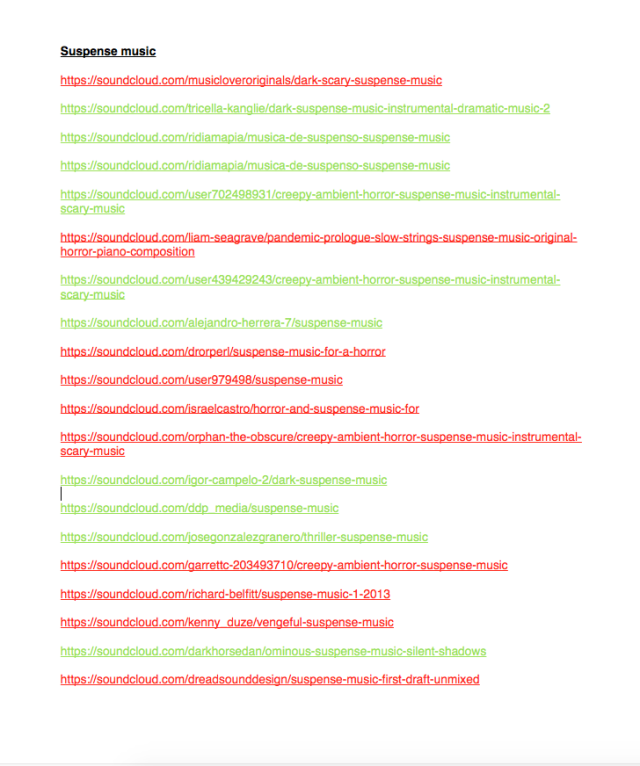As our coursework piece, Moat Farm, is going to feature a killer of some sorts, we decided we need to do some research into how killers are presented in films. Patrick did this research and discovered that in the mystery/closed mystery genre, the genre we are pursuing, the killers are all similarly masked and their identities hidden, and because of this it is hard to find actual pictures of them. He then researched further but into the horror genre this time to get ideas of what our killer could look like, and decided that horror costumes/masks fit into these 3 categories:
The Anthro-Mask
Mike Myers – Halloween

The Strangers – The Strangers

The Collector – The Collector
These costumes all feature masks that hid the killers identity but leave their eyes visible, meaning that their emotions and reactions are also visible to the victim and the audience. This idea humanises the killer, which is why it is called the ‘Anthro-Mask’, anthro stemming from the word anthropomorphic, which means ‘to humanise’. This allows the audience to connect with the victim and that there is the possibility for them to be in the same situation.
The Gross Out Mask
Pig Mask – Saw

Leather Face – Texas Chainsaw Massacre

Jason Voorhees – Friday the 13th

These costumes and masks are designed to be frightening and scary to the audience using gore or horrific concepts. Because of our chosen genre this type of costume would be unsuitable for our piece.
The Blank Slate Mask
Ghost Killer – Scream

Animal Killers – You’re Next

The Strangers – The Purge

This costume design with these masks are designed to completely hide the killers face and their identity. This makes it impossible to read their facial expressions and know what they are thinking, and therefore making it impossible to know what their intentions are. This is easily the scariest design as it creates a natural fear, that of the unknown. We would love to use an idea like this for Moat Farm but with the little time we have and the time needed to make this kind of mask it makes it unsuitable. Plus, it would be very hard to actually make a decent scary and convincing mask that would look good, even if we did have a lot of time.
We decided that it would probably be best and easiest to give our killer a costume based on the ‘Anthro- Mask’ because it will be the easiest design to create with the time and resources. It will also make our killer look more realistic and will hide their identity, which is the effect that we want; we want them to be completely unknown.
